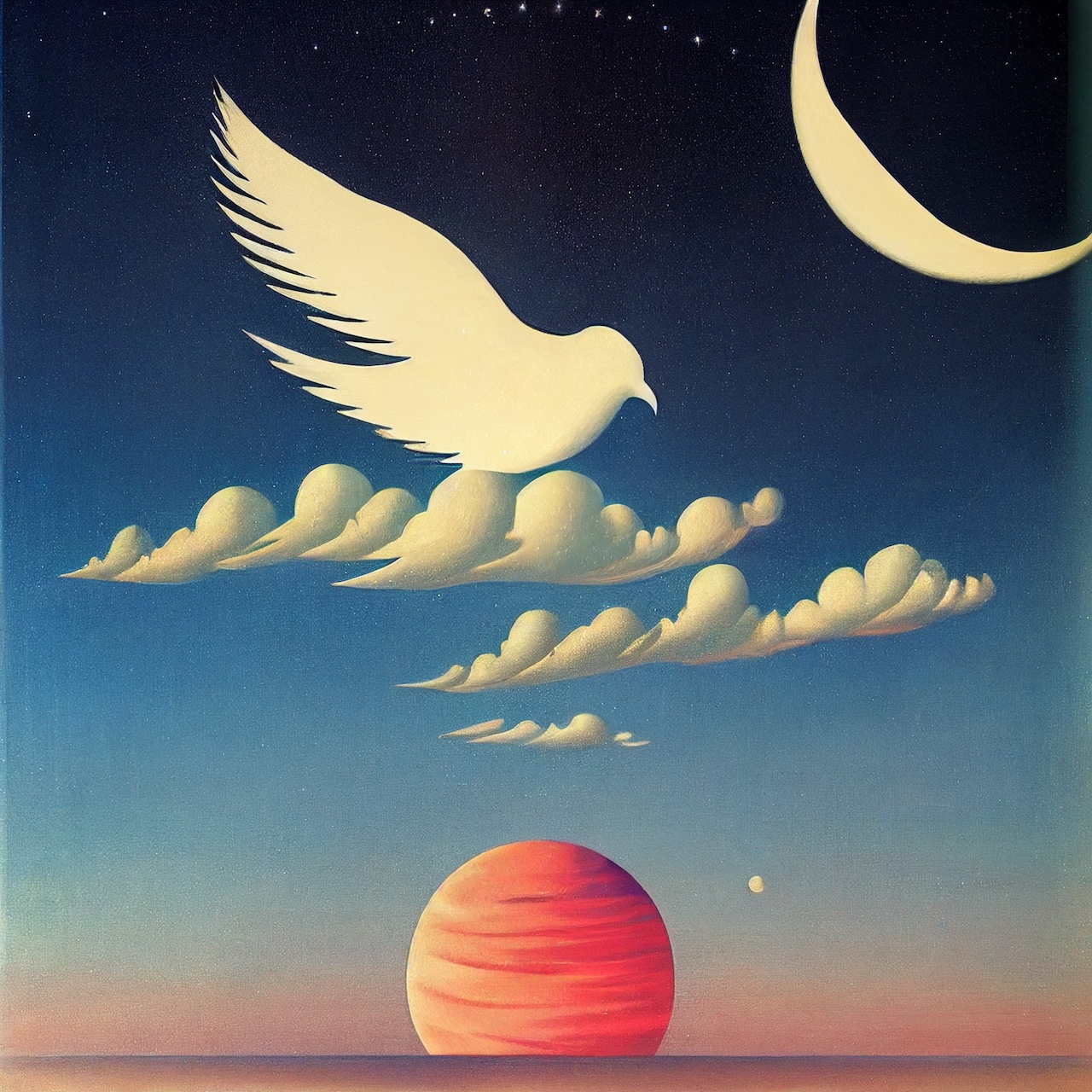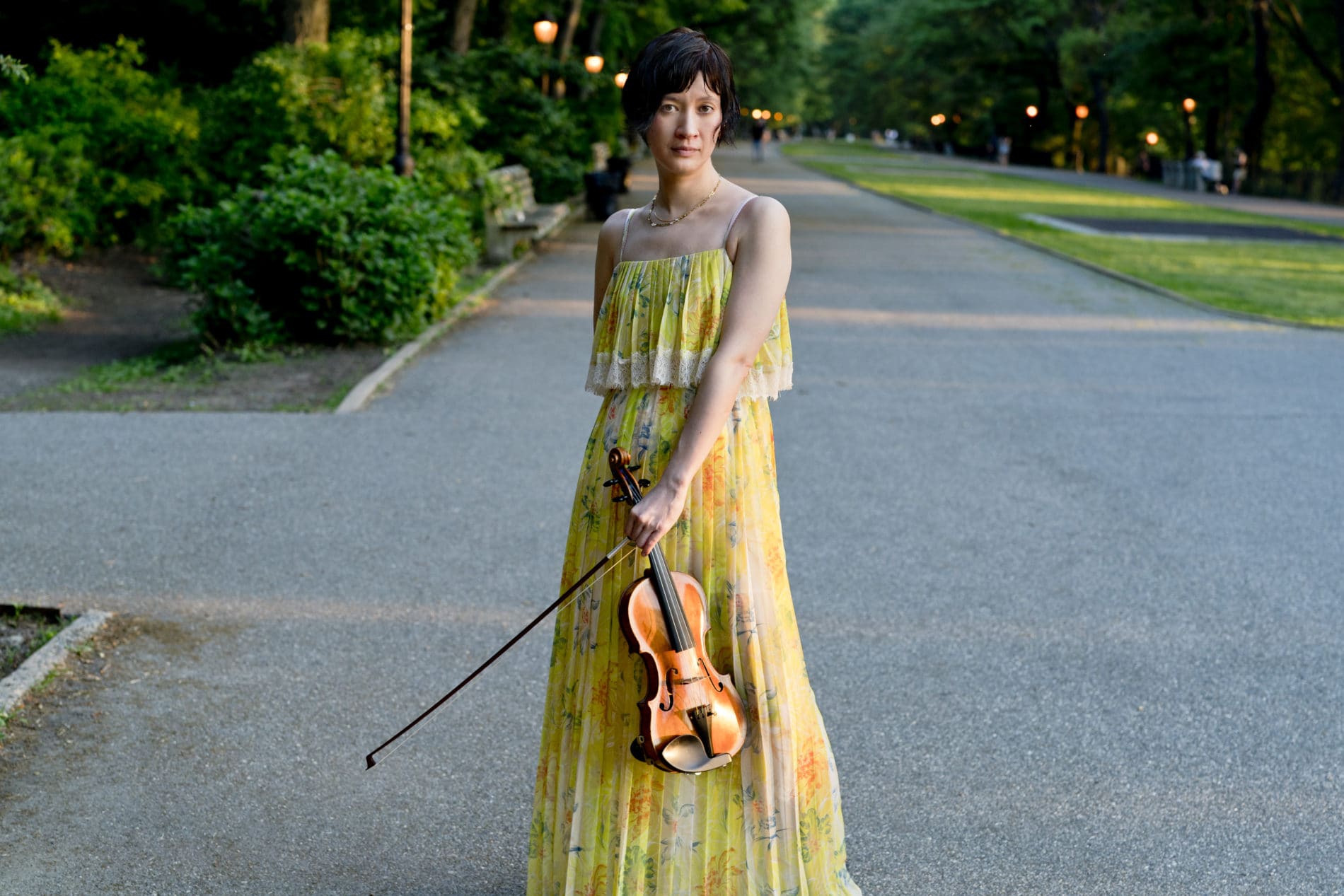
바이올린을 위한, "무한한 대양의 유한한 섬"
Dedicated to and premiered by Miranda Cuckson
Duration: ca. 15 minutes
“Lee is exploring a complex net of tunings that foreground unfamiliar kinds of consonances between notes of the solo violin: these share some basic acoustical properties with standard intervals of the Western scale, but Lee raises the ante by allowing considerably more complex sonic relationships to emerge. The result is a piece which sounds entirely fresh yet somehow natural in its unfolding.”
- Robert Hasegawa, Editor of The Oxford Handbook of Orchestration Studies
Video Interview with Anne Shreffler and Miranda Cuckson,
The Fromm Players at Harvard 2021
2021 Fromm Players at Harvard
Co-curated by Miranda Cuckson and Anne Shreffler
Streamed on Harvard's Music Department YouTube Channel
April 16, 2021 at 8:00pm EST
Concert Program Booklet

Miranda Cuckson
II. A finite island in the infinite ocean
Special thanks to:
Harvard's Media Production Services, especially Jeffrey Valade, Mike Mayo, and Johnny DeKam, for the preparation of the concert video and interview videos
Grace Edgar, Enrique Marquez, and Nancy Shafman from the Department of Music for all their help in organizing the many facets of this project.
Ryan Caruso, Charles Hagaman, and the video team at National Sawdust, for their recording and filming of the concert
Uploaded with permission from the Fromm Music Foundation and the Harvard University Department of Music
Program notes
As the title of the two movements might suggest, the first is a toccata, prelude, or intonazione-like improvisatory movement as from the Baroque period, which historically included either fast virtuosic scalar passages or small whimsical fughetta subjects without strict structural development or motivic manipulation. After this brainstorming net being cast by composers of that era to capture musical ideas from the subconscious sea of their musical mind, there usually followed a structural contrapuntal (learned) style movement. On top of this characteristic formal style, I added two more elements in the first movement: this movement can function as an in-tuning movement for a general audience and the performer to submerge into the relatively new sound world of this work, or a gateway which guides to a deeper level sound world of the second movement with more precise tunings and harmonies created by natural overtone/undertone ratios. The other element is the möbius-like form of the movement, where the beginning ascending chaconne passage is also becoming the final arrival point of the movement.
While the first movement is primarily about exploring the unknown (as in space travel), the second movement is discovering or arriving at the unknown, here the “finite island.” The system is now emerged, and we play, sing, and stroll on this new terrain. Although a new world does not always welcome us, in this piece, it indeed welcomes us and sings formerly unheard melodies.
A finite island in the infinite ocean was written during the summer of 2020 and is dedicated to Miranda Cuckson whom I met in 2017 at the Composers Conference led by Mario Davidovsky. The title is from Einstein’s book, Relativity: “[…] and that as we proceed outwards from this centre the group-density of the stars should diminish, until finally, at great distances, it is succeeded by an infinite region of emptiness. The stellar universe ought to be a finite island in the infinite ocean of space.”
Dongryul Lee
